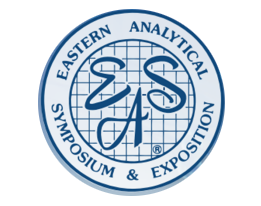Monday, Nov. 13; 8:30am – 5:00pm
Dr. Doug Raynie, South Dakota State University, Brookings, SD
COURSE DESCRIPTION
This short course is designed to provide participants with an overview of green chemistry and an application of green chemistry principles to analytical methods. Solvent concerns and means to address the environmental, health, and safety concerns of solvent use are discussed. Metrics for assessing the greenness of analytical procedures are compared and evaluated as a strategy for developing green methods.
WHO SHOULD ATTEND
Laboratory technicians and managers, especially those interesting in learning approaches to develop new analytical procedures, or modify existing approaches, with green chemistry attributes. This is especially important in the pharmaceutical and environmental industries.
TOPICS
1. Principles of Green Chemistry
a. Examples
b. Green Engineering
2. Green Analytical Chemistry
a. Myths
b. Overview
c. Approaches
3. Measuring Green Analytical Chemistry
a. Green Profiles
b. AGREE
c. Analytical Method Greenness Score Calculator
4. Greening Sample Preparations
5. White Analytical Chemistry and Social Justice
6. Solvent Alternatives and Solvent Replacements
a. What makes a solvent green?
b. Selection guides
c. Solvent alternatives
7. Conclusion

ABOUT THE INSTRUCTOR
Dr. Douglas Raynie is Professor Emeritus in the Department of Chemistry & Biochemistry at South Dakota State University. Prior to joining SDSU, he was employed for eleven years as a Senior Scientist at Procter and Gamble’s Corporate Research Division. He earned his Ph.D. at Brigham Young University under the direction of Dr. Milton L. Lee. Dr. Raynie’s research interests include high-resolution chromatography, chromatographic sample preparation, chromatography theory, green chemistry, and problem-based learning in analytical chemistry. While Department Head at SDSU, he led the Department in becoming an inaugural signatory to the Green Chemistry Commitment, where he serves on the Advisory Board. He has received the ACS Committee on Environmental Improvement Award for Incorporating Sustainability into Chemical Education. He has over a decade of experience teaching green chemistry at conferences, industry, and academia.

